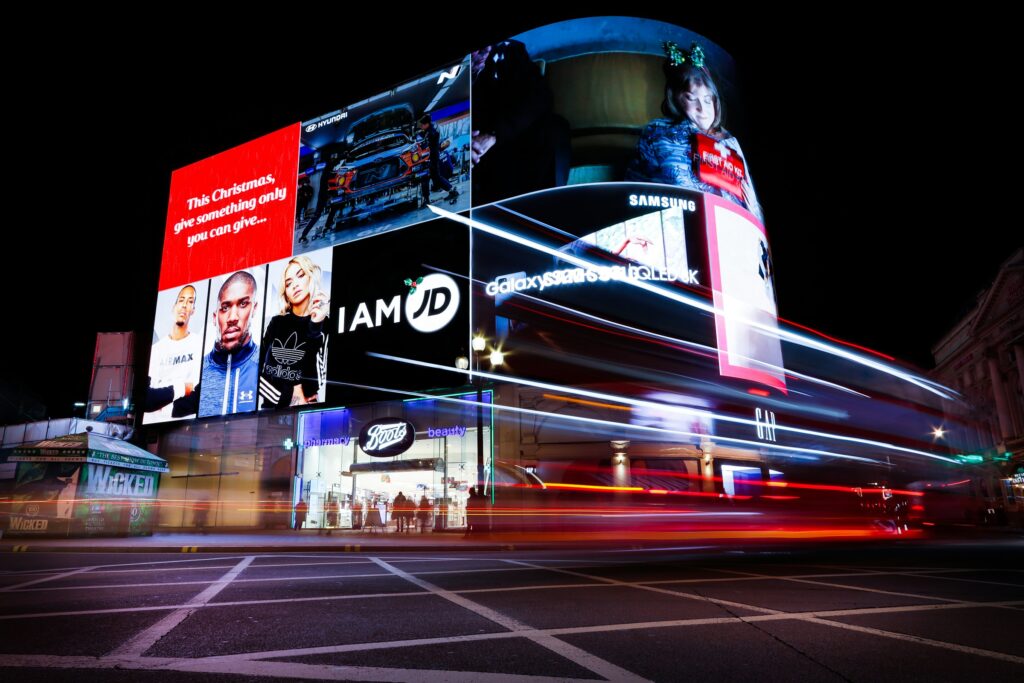
The advertising industry is in the midst of a technological fever. Each week brings another announcement of AI tools that promise sharper targeting, real-time optimisation, or generative campaigns at the click of a button.
The speed of adoption has been breathtaking. McKinsey estimates that nearly eight out of ten companies now use AI in at least one business function, with marketing and sales at the forefront. The global AI marketing market already represents close to 50 billion dollars and is forecast to more than double in the next three years.
But beneath the excitement lies a more sobering reality: AI, in itself, does not make
advertising better, it simply makes it faster. Left to its own devices, it amplifies the quality or the weakness of the data it is fed. An algorithm trained only on impressions, clicks, or
surface-level engagement will optimise for those outcomes, but it cannot tell us whether an ad truly changed how people think or feel.
The result is a machine that can scale assumptions at light speed, but assumptions
nonetheless.
Why human signals matter
What advertising really needs is not just acceleration but anchoring. That anchoring comes from human signals – the data that reflects how people actually experience communication. Unlike programmatic KPIs, human signals reveal whether a message was remembered,
whether it influenced perception, or whether it shifted intent. They are messy, nuanced, and sometimes harder to capture, but they are also the only compass that ensures AI predictions
reflect reality.
The difference is stark. A click can tell you someone touched an ad. A survey or recall test
can tell you whether it is stuck in their memory. A brand lift study can reveal if attitudes or
intent have changed.
Without these signals, marketers are left celebrating efficiency while ignoring effectiveness. With them, they can finally use AI not just to predict reach or frequency, but to forecast outcomes that matter – such as shifts in awareness, consideration, or preference.
From measurement to prediction
Evidence is mounting that this human and AI symbiosis works. Advertisers who integrate consumer feedback loops into their modelling are moving from retrospective measurement to simulation. Instead of waiting weeks to see if a campaign moved the needle, they now anticipate its likely effect before it launches.
Advertisers can run “what if” scenarios to test creative variations or to compare media mixes, and do so with the confidence that the model has been trained on real human outcomes, not just proxy metrics. In effect, they are turning advertising into a predictive science of
persuasion.
Unless we keep people at the centre - their memories, their preferences, their voices - the future of AI in advertising will be nothing more than automated noise.
The stakes could not be higher. In the United States alone, AI-driven search ad spend is expected to surge from just over one billion dollars this year to nearly 26 billion by 2029.
However, recent research shows that consumers are already sceptical. When ads appear next to content perceived to be machine-generated, trust drops significantly. Ads in these
contexts were rated 17% less premium and 14% less likely to influence purchase
consideration.
This tension captures the paradox of our moment. AI has become indispensable, but it cannot earn trust unless it is balanced with human truth.
The trust paradox
But it is not only about trust, it’s also about efficiency. Marketing remains one of the largest cost centers for global brands, with billions of dollars still allocated on assumptions. And much of this spend generates little measurable ROI, which is something that has haunted CMOs for decades.
If combining AI and human signals allows marketers to close that gap by even a fraction, the impact on profitability would be enormous. The ability to predict in advance which campaigns are likely to deliver lift is not a marginal gain – it is a step change.
Of course, challenges remain. Human data must be collected responsibly, respecting privacy and consent. AI models must be explainable, not opaque black boxes. Bias is always a risk if human signals themselves are skewed, and yet these hurdles are surmountable. What is harder to overcome is inertia – the tendency to settle for the convenient proxies of digital
advertising because they are easy to count.
The path forward
The future belongs to those willing to go further. The winners will be the brands and
agencies that treat human signals not as an afterthought, but as the very fuel of their
predictive engines. They will build systems that learn not only from patterns of exposure but from the way those exposures resonate in memory, shape perception, and alter choice.
They will plan campaigns with the precision of data science and the empathy of human
insight.
Because at its core, advertising is not a conversation between machines – it is a conversation between people and brands. Unless we keep people at the centre – their memories, their preferences, their voices – the future of AI in advertising will be nothing more than automated noise. The real breakthrough will come when machines learn not just from
data, but from us.

Tarek Ouagguini
Tarek Ouagguini is Founder and CEO at Happydemics, the easiest brand lift platform for high-performing adtech teams. Tarek founded Happydemics in 2015 with the vision of simplifying brand lift measurement for everyone . With Tarek’s strategic direction, the company has grown and evolved to a standard for the advertising industry.


